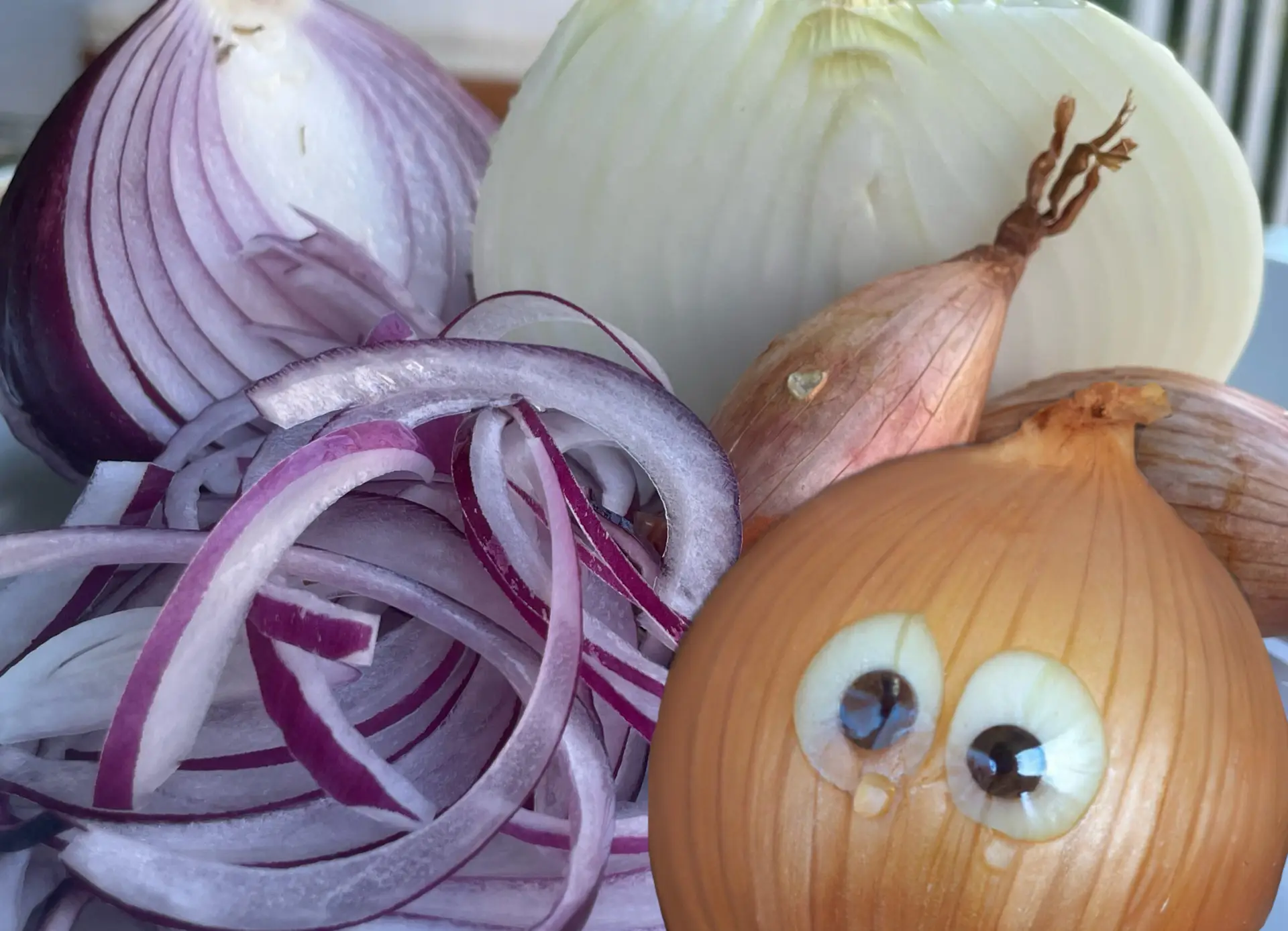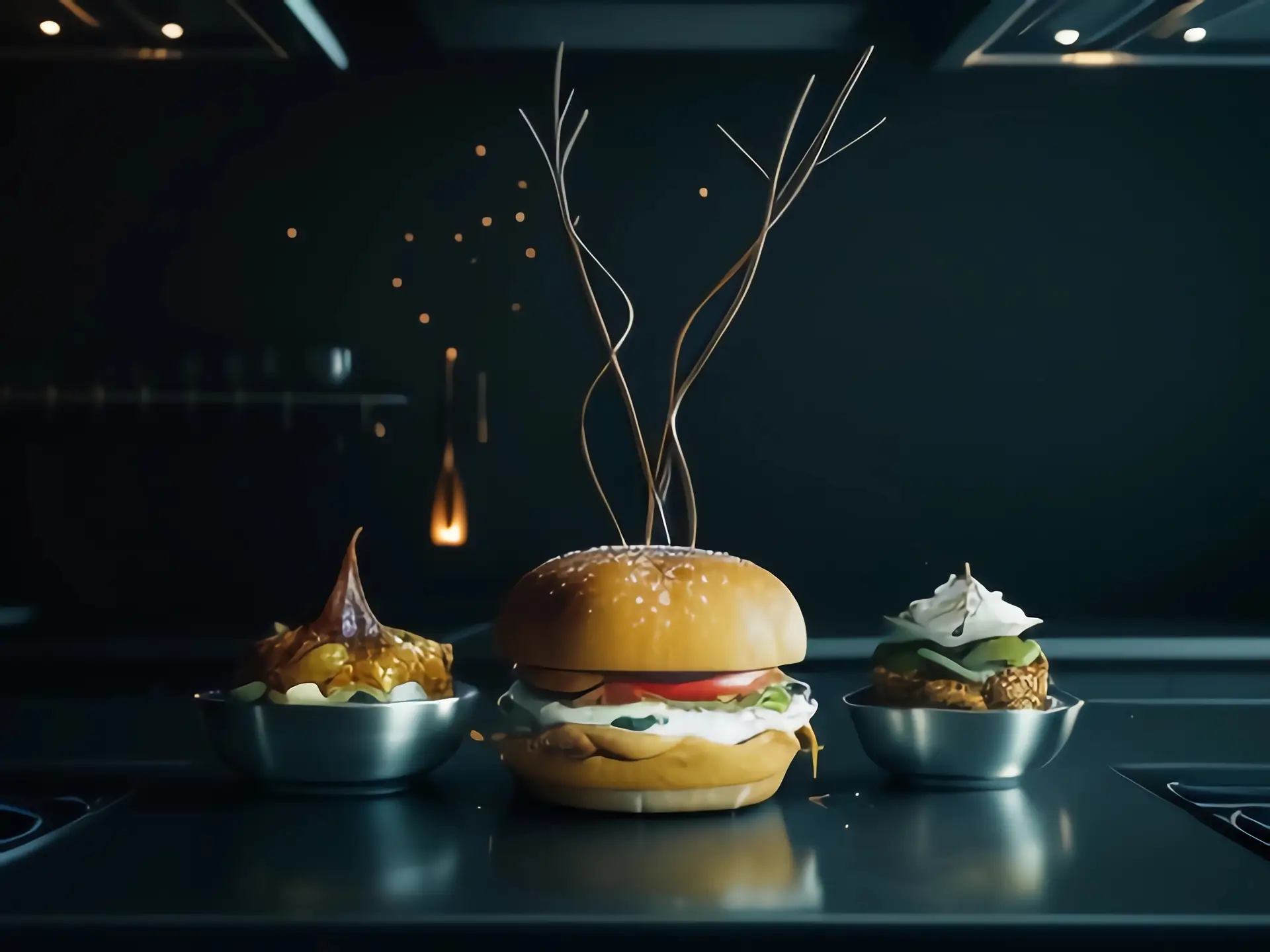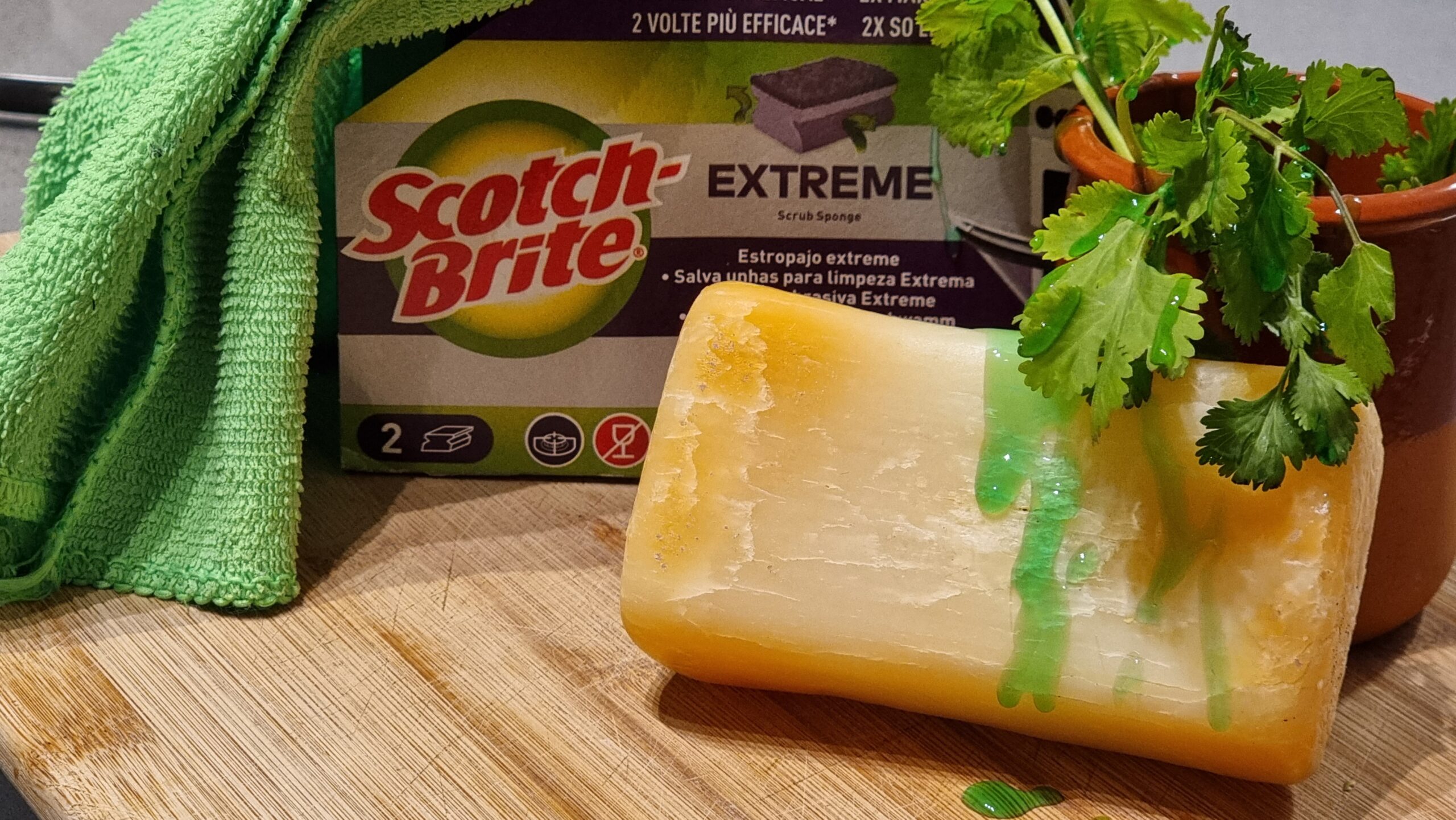What’s the difference between crispiness and crunchiness?
Who loves Fried Chicken or French fries? Everyone (right?). In general, we are innately drawn toward crispy foods or crunchy foods. This is a state of dubiety that most of us feel when it comes to differentiating between these two terms. What is crispiness? What is crunchiness? Are they the same? Let’s dive deep into what these terms mean in general and how they are technically different.
According to the Oxford dictionary, these words are synonyms. When it comes to literature it makes sense, because let’s face it we even use crisp to define shirts that are well-washed and ironed, so it’s metaphorical in some sense. But when it comes to food, we need to be a little more specific when using these terminologies. How do we define crispiness scientifically? In terms of food, crispiness is a textural descriptor that defines the sound it makes when we bite into it because of factors such as dryness, brittleness, and hardness. And on the other hand, crunchiness (also a texture descriptor) is related to the moistness of food. For example, potato chips, wheat crisps, wafers, etc. will be considered crispy but not crunchy and apples, cucumbers, daikon, etc. will be considered crunchy. Generally, crunchiness is caused by many water-containing cells that form up the food items, and the sound that it makes when we bite into it is the collective sound of those water pockets popping open. From a bird’s eye point of view, the mouth sensation brought about by these two descriptors are almost the same but the reasoning behind them is not.
Now that we have the definitions discerned, let’s talk about the kinds of crispiness or crunchiness, by this we mean the different ways in which our mind predicts or receives the information that a particular food item is crisp or crunchy.
Visual crunchiness or crispiness:
Food’s visual cues play a decisive role when it comes to discriminating textural attributes, for example, think of custard and a carrot, without even touching them your mind can differentiate between their textures as custard is “creamy” and carrot is crunchy (and not crispy, now we know!) and also sometimes we also tend to differentiate among fried chicken pieces in a bucket full of them on the basis of the oil absorbed in the breading, dryness of a chip also gives us the sensation of it being crispy, and so on.
Tactile crunchiness or crispiness:
We “touch” our food in many ways. By our hands, through our cutlery, and even in our mouth. It is obvious through the brittle attribute of the food our mind gets the information that that food is crispy. Also, there has been a study done showing that food reluctance in kids can be reduced by only making them touch those foods by hand.
Sonic crunchiness or crispiness:
Acoustic emissions also play an important role in crispiness or crunchiness perception. These messages reach our brain in two ways a) the sound made when biting into the food and b) the skull vibration produced when chewing the food. Charles Spence won an IG Nobel for showing that when we modify the sound of a person chewing a potato chip makes them believe it to be crisper and fresher than it really is. We’ve all been the victim of biting into a stale chip and we almost immediately come to know about it because it doesn’t make any sound and also gives a very weird sensation in our mouth because of expectational disconfirmation (we expected that chip to be crispy and actually it wasn’t).
Now, there are a lot of factors at play when it comes to differentiating crispiness from crunchiness and sometimes it becomes quite uncertain as to which word we should use. And even though we’ll not always be right, having this difference in our conscience will take us one step towards more appropriateness.
References used:
- de Liz Pocztaruk, R., Abbink, J. H., de Wijk, R. A., da Fontoura Frasca, L. C., Gavião, M. B. D., & van der Bilt, A. (2011). The influence of auditory and visual information on the perception of crispy food. Food quality and preference, 22(5), 404-411.
- Nederkoorn, C., Theiβen, J., Tummers, M., & Roefs, A. (2018). Taste the feeling or feel the tasting: Tactile exposure to food texture promotes food acceptance. Appetite, 120, 297-301.
- Saeleaw, M., & Schleining, G. (2011). Effect of frying parameters on crispiness and sound emission of cassava crackers. Journal of Food Engineering, 103(3), 229-236.
- Sanahuja, S., Fédou, M., & Briesen, H. (2018). Classification of puffed snacks’ freshness based on crispiness-related mechanical and acoustical properties. Journal of Food Engineering, 226, 53-64.
- Sanahuja, S., Fédou, M., & Briesen, H. (2018). Classification of puffed snacks freshness based on crispiness-related mechanical and acoustical properties. Journal of Food Engineering, 226, 53-64.
- Vickers, Z. M. (1984). CRISPNESS AND CRUNCHINESS: A DIFFERENCE IN PITCH?. Journal of texture studies, 15(2), 157-163.







